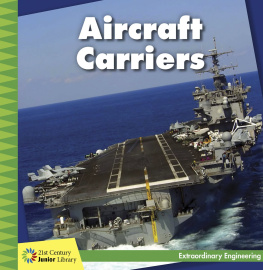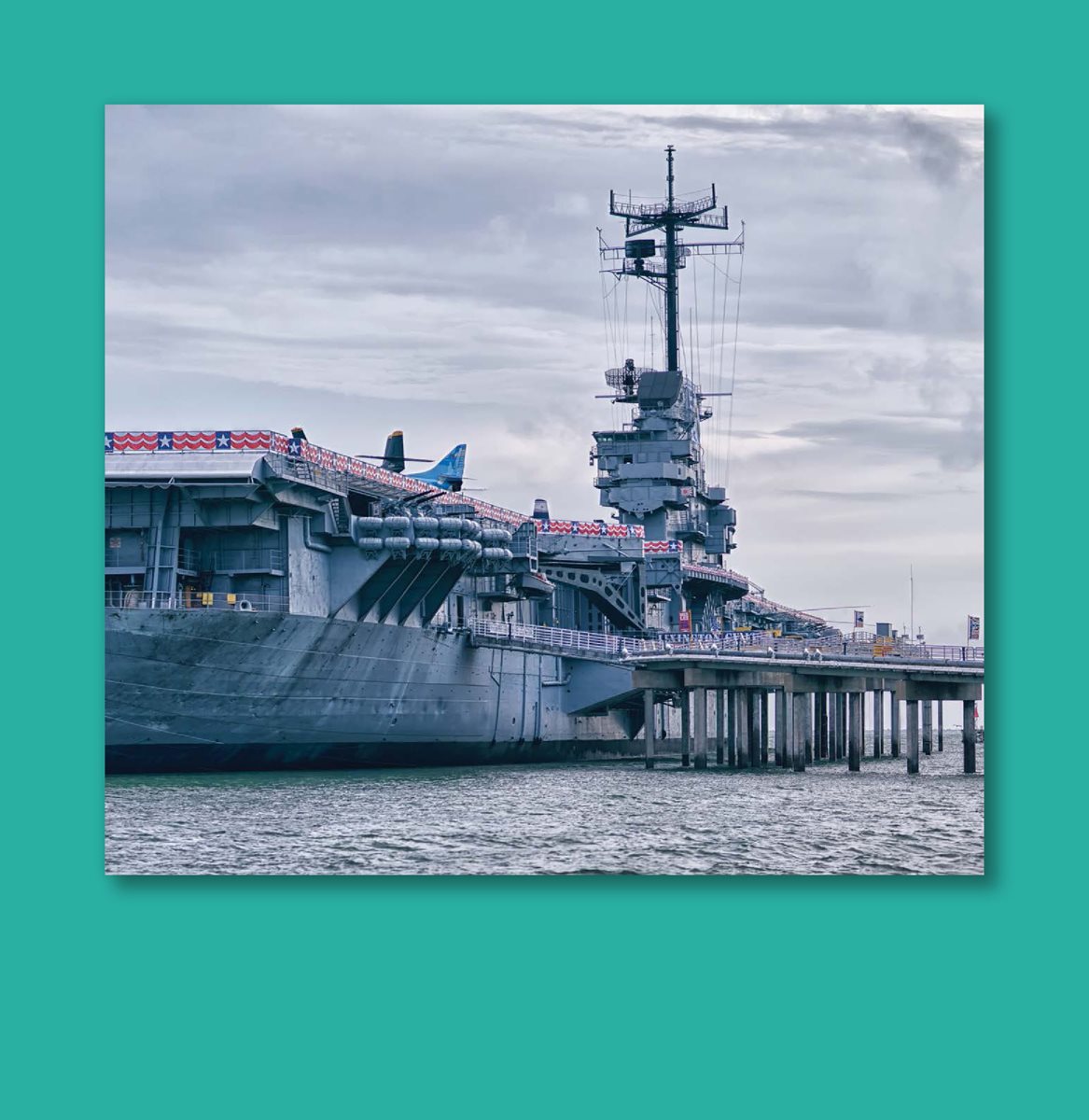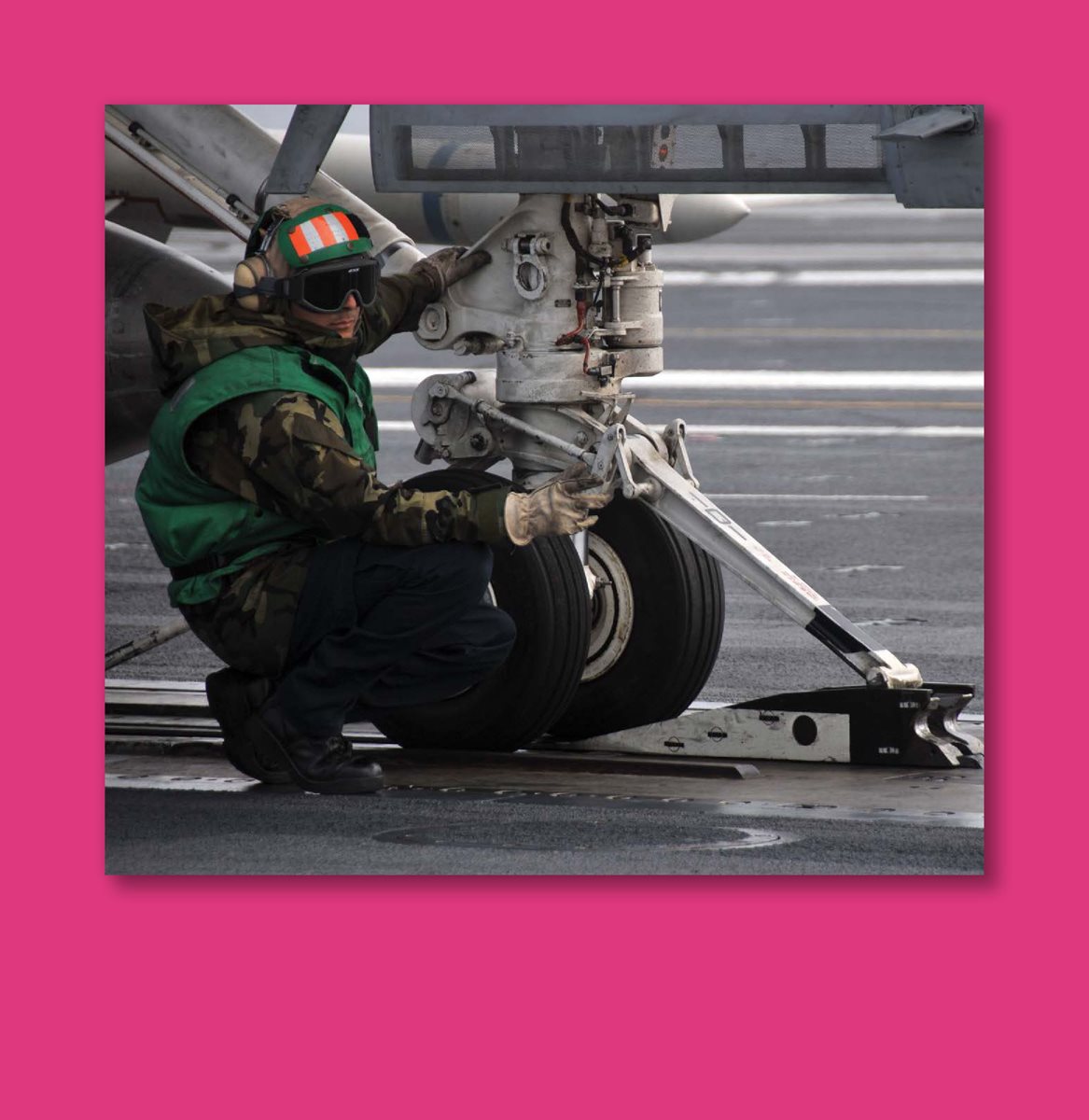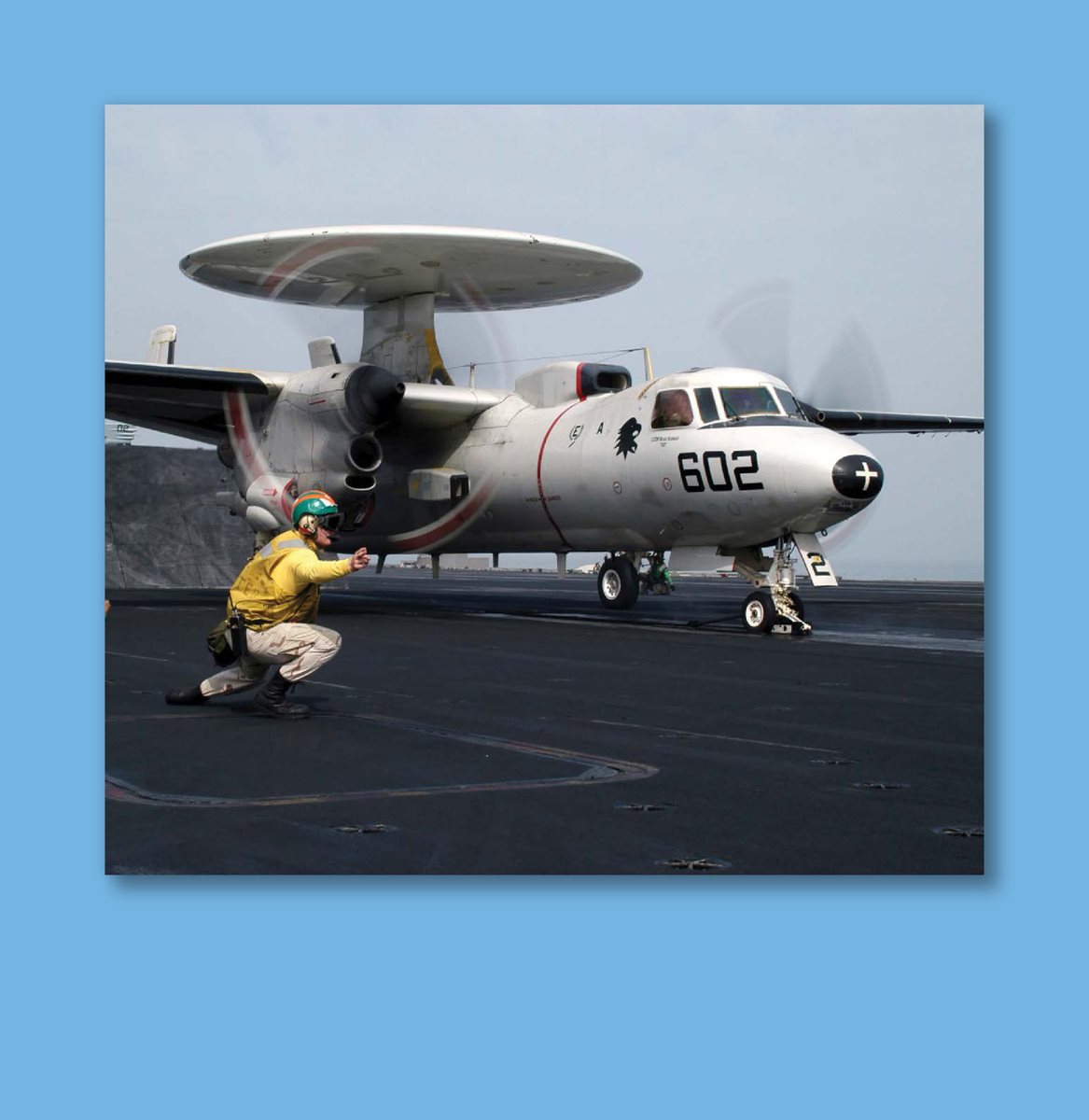Table of Contents
Guide


Published in the United States of America by
Cherry Lake Publishing
Ann Arbor, Michigan
www.cherrylakepublishing.com
Content Adviser: Dr. Todd Kelley, Associate Professor of Engineering/Technology Teacher Education, Purdue Polytechnic Institute,
West Lafayette, Indiana
Reading Adviser: Marla Conn MS, Ed., Literacy specialist, Read-Ability, Inc.
Photo Credits: Derek Gordon/Shutterstock Images, cover; Anton_Ivanov/Shutterstock Images, 4; U.S. Navy photo
by Mass Communication Specialist 3rd Class Margaret Keith/Released, 6; Purestock/Thinkstock, 8; Nevskii Dmitrii/
Shutterstock Images, 10; U.S. Navy photo by Mass Communication Specialist 3rd Class Lex T. Wenberg/Released, 12;
Stocktrek Images/Thinkstock, 14; Rick Parsons/Shutterstock Images, 16; U.S. Navy photo by Mass Communication
Specialist 3rd Class Anderson W. Branch/Released, 18
Copyright 2017 by Cherry Lake Publishing
All rights reserved. No part of this book may be reproduced or utilized in any
form or by any means without written permission from the publisher.
Library of Congress Cataloging-in-Publication Data
Names: Loh-Hagan, Virginia, author.
Title: Aircraft carriers / by Virginia Loh-Hagan.
Description: Ann Arbor : Cherry Lake Publishing, [2017] | Series: 21st century junior library:
Extraordinary engineering | Includes bibliographical references and index.
Identifiers: LCCN 2016032393| ISBN 9781634721615 (hardcover) | ISBN 9781634722278 (pdf) |
ISBN 9781634722933 (pbk.) | ISBN 9781634723596 (ebook)
Subjects: LCSH: Aircraft carriersJuvenile literature.
Classification: LCC V874 .L64 2017 | DDC 623.825/5dc23
LC record available at https://lccn.loc.gov/2016032393
Cherry Lake Publishing would like to acknowledge the work of The Partnership for 21st Century Learning.
Please visit www.p21.org for more information.
Printed in the United States of America
Corporate Graphics
ISBN-13: 978-1-68444-507-3 (e-book)
Synchred Read-Along Version by:
Triangle Interactive LLC
PO Box 573
Prior Lake, MN 55372
CONTENTS
5 What Are Aircraft
Carriers?
9 How Do Aircraft
Carriers Stay Afloat?
13 How Do Aircraft
Take Off?
Aircraft carriers travel around the world.
What Are Aircraft
Carriers?
Aircraft carriers are warships. Theyre
moving military bases. They carry planes
and jets. Theyre huge. But they have
small runways compared to airports. To
take off, aircraft need to gain speed. To
land, they need to slow down. They need
time and space to do this. Engineers study
how carriers work. They design how aircraft
can launch and land on carriers in the
middle of the ocean.
Giant elevators, pictured here, take aircraft from hangars to flight decks.
Carriers have flight decks with short
runways. At an airport, aircraft have about
2,300 feet (701 meters) to take off.
Carrier flight decks have about feet
(91 m). Carriers also have a hangar deck .
This is where aircraft are fixed and stored.
On the side of the carrier is an island, or
control tower, where officials control
flights. The lower decks have special
machines. These machines make carriers
run. Lower decks also have living spaces.
Many people live and work on a carrier.
An aircraft carrier is the size of four football fields.
How Do Aircraft
Carriers Stay Afloat?
Hulls are the bottoms of ships. Theyre
made of strong, thick steel. They float in
water. They displace large amounts of
water. Water weighs more than ships. Hulls
keep ships afloat. They also protect against
fire. They protect against war damage.
Engineers balance carriers. Islands are
at one end. Flight decks are at the other.
This design spreads the weight.
Carriers can go to years without refueling.
Carriers are big. Theyre at sea for a
while. They need a lot of power. They use
nuclear power . They have two power
plants . Engineers carefully design the
heavy plants, placing them in the middle
of the carriers. They make steam. The
steam has high pressure to rotate fans.
Fans rotate propellers . Propellers move
carriers forward.
Think!
Think about life on a warship. Do you think it would be hard or
easy? Youd have to be ready to defend your country. Youd have
to be ready to fight.
A technician must guide the aircraft into the catapult.
How Do Aircraft
Take Off?
Aircraft need a boost. If not, theyll fall
into the ocean. Engineers created
catapults . Catapults store potential energy
and release kinetic energy. Energy changes
into motion. Its transferred to the aircraft.
Front wheels are hooked to catapults.
Catapults thrust aircraft forward. Aircraft
wings provide lift. Aircraft go miles
(241 kilometers) per hour in seconds.

































